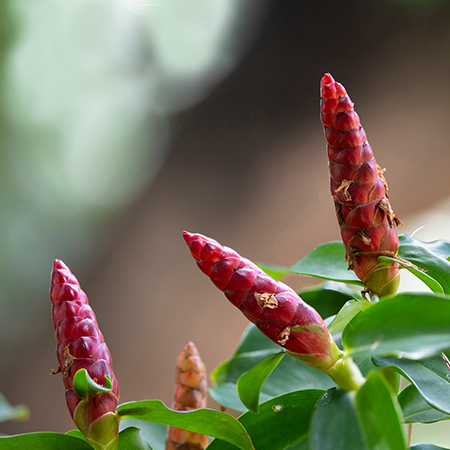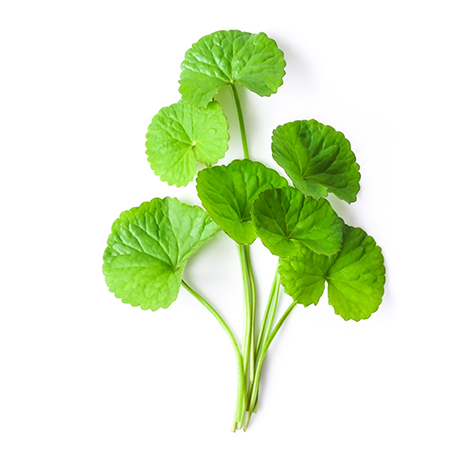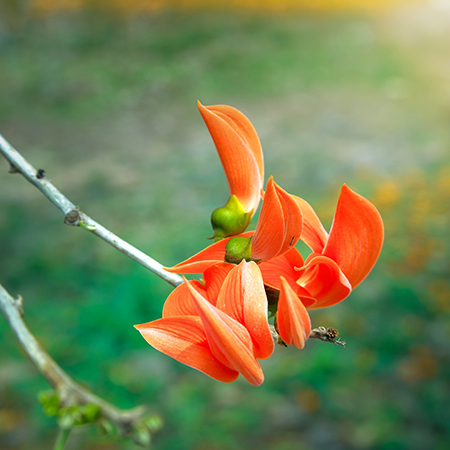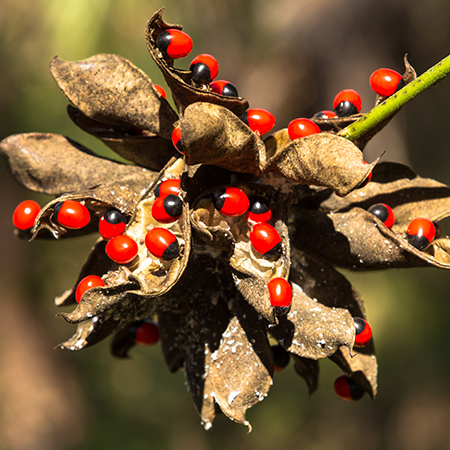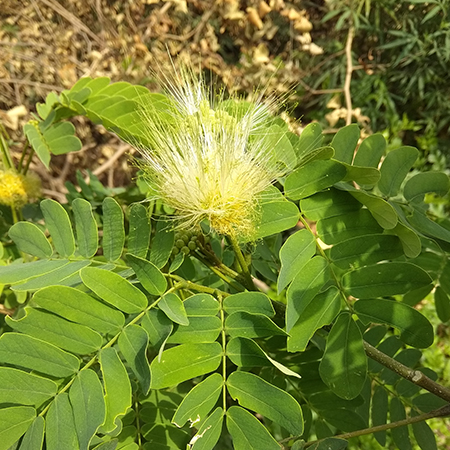Ayurveda and Science
Aloe Vera/एलोवेरा/Ghritkumari/Ghee Kunwar/Aloes
AYURVEDIC & MEDICINAL PLANTS
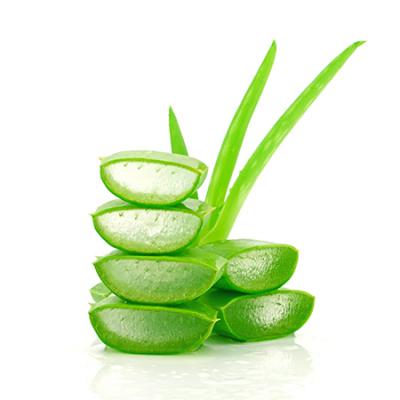
Hindi Name: Ghee Kunwar
Sanskrit Name: Ghritkumari
English Name: Aloes
Latin Name: Aloe vera Tourn ex. Linn
A perennial undershrub about 2-4 feet in height with fleshy succulent leaves having horny prickles on their margins. It is common throughout the country and also found in many other parts of the world. Leaves are used for various formulations particularly
Aloe Vera Medicinal Uses
Its use is recommended in Ayurveda as a skin conditioner and in the treatment of non-healing ulcers, burn injuries and in treating the liver diseases like jaundice. Experimental studies on Aloe suggest its positive cosmetic value and wound healing properties. Also it was observed that internal use of Aloes evokes positive immune response in experimental animals.
The use of Aloe vera is bestowed with multifaceted benefits for skin. By virtue of these properties, it is used frequently in the skin care preprations across the globe.
Chemical Composition
It contains three pentosides mainly barbaloin, isobarbaloin and betabarbaloin.
Effect on
Doshas
Balances kapha and pitta.
Read more about various ailments, it's causes, symptoms, ayurvedic treatments, etc.
Explore More











